Australia’s First Flora
 |
| Smith, James Edward. A Specimen of the Botany of New Holland. 1793-95. Engraving by James Sowerby. Digitized by Harvard University Botany Libraries. http://s.si.edu/2wUwwYX. |
As far back as antiquity, Western scholars theorized the existence of a great southern continent that they called Terra Australis. While the continent found its way onto many early European maps, the depictions were theoretical and generally included a single landmass encompassing the South Pole and spreading far north to include Australia, New Zealand and, at its most extreme, even Tierra del Fuego.
With expeditions in the seventeenth and eighteenth centuries, the mystery in Europe surrounding this great southern continent slowly gave way to scientific exploration of the landmasses discovered, including New Holland, or Australia.
The published scientific record of Australian flora has its roots in the British Admiralty-commissioned voyage of William Dampier, which reached Australia in 1699. During the expedition, Dampier collected plant specimens, and his A Voyage to New Holland, published in 1703, is the first book known to include published drawings of Australian flora (Hewson 1999, 16-17). It has been digitized in BHL by the Royal Botanic Gardens Victoria.
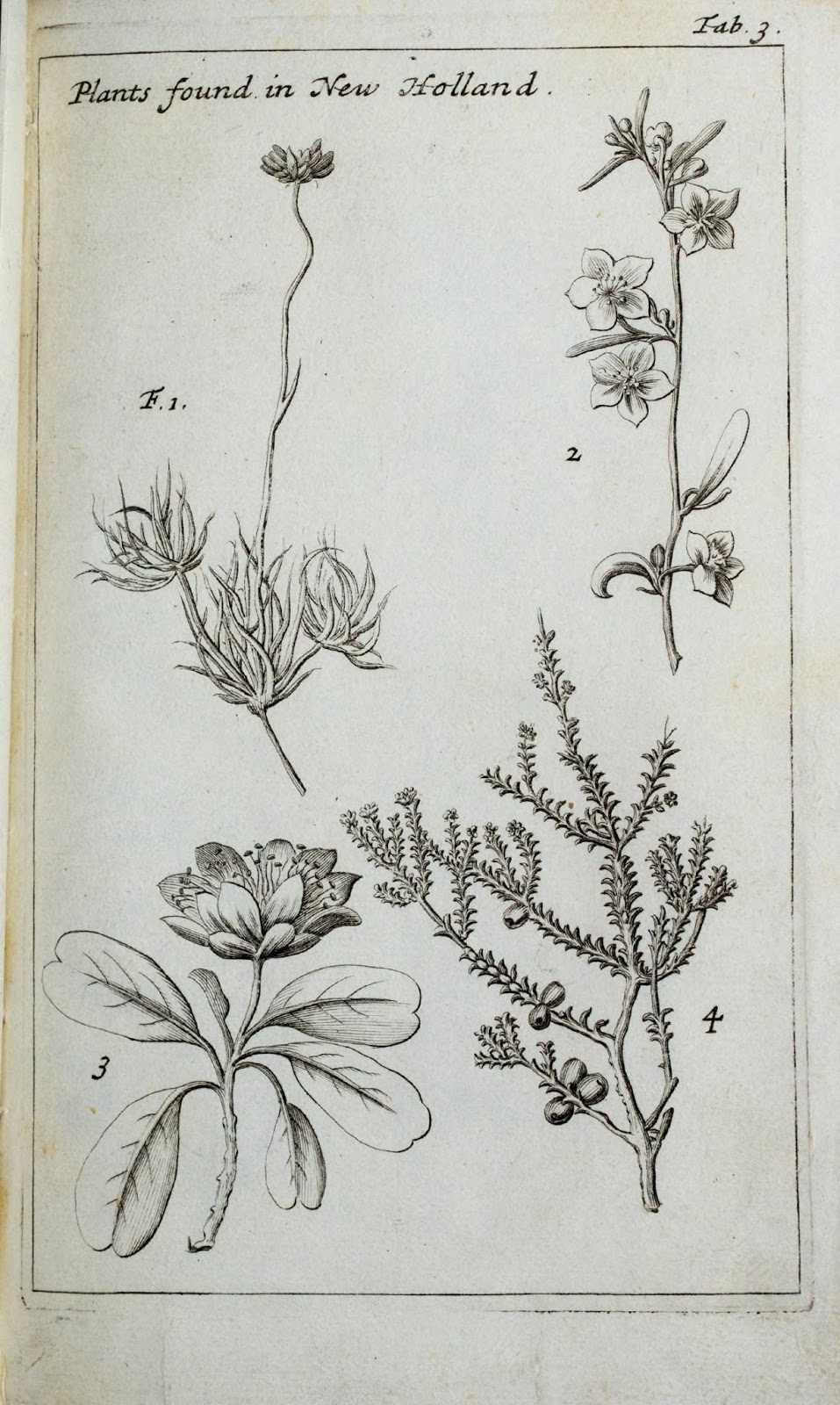 |
| Dampier, William. A Voyage to New Holland. 1703. Digitized by Royal Botanic Gardens Victoria. http://s.si.edu/2xvgOHP. |
Seventy years after Dampier’s voyage, the 1768-1771 voyage of James Cook to the South Seas sparked a renewed interest in the study and cultivation of Australia’s botany. The expedition’s natural historians and artists collected, described and illustrated many botanical specimens during the voyage, which were brought back to England for further study (ibid., 22-26).
Further expeditions established additional Australian plant collections, which were accessible to European botanists. For example, at the end of the eighteenth century, England sent the First Fleet, under the command of Captain Arthur Phillip, to establish a penal colony on the continent. The colony eventually sent plants and animals from Australia back to England (ibid., 33-34).
John White, the First Fleet surgeon and an amateur naturalist, made many of these early collections. He had some of his specimens described and illustrated. Eight botanical species, along with numerous animal species, were published with accompanying illustrations in his Journal of a Voyage to New South Wales (1790). It has been digitized in BHL by Harvard University Botany Libraries.
 |
| White, John. Journal of a Voyage to New South Wales. 1790. Digitized by Harvard University Botany Libraries. http://s.si.edu/2fp1xhg. |
White sent his plant collections and drawings to Thomas Wilson, a Fellow of the Linnean Society, who then gave them to James Edward Smith for study (ibid., 34). This collaboration eventually contributed to the first published scientific book dedicated to Australian flora: A Specimen of the Botany of New Holland.
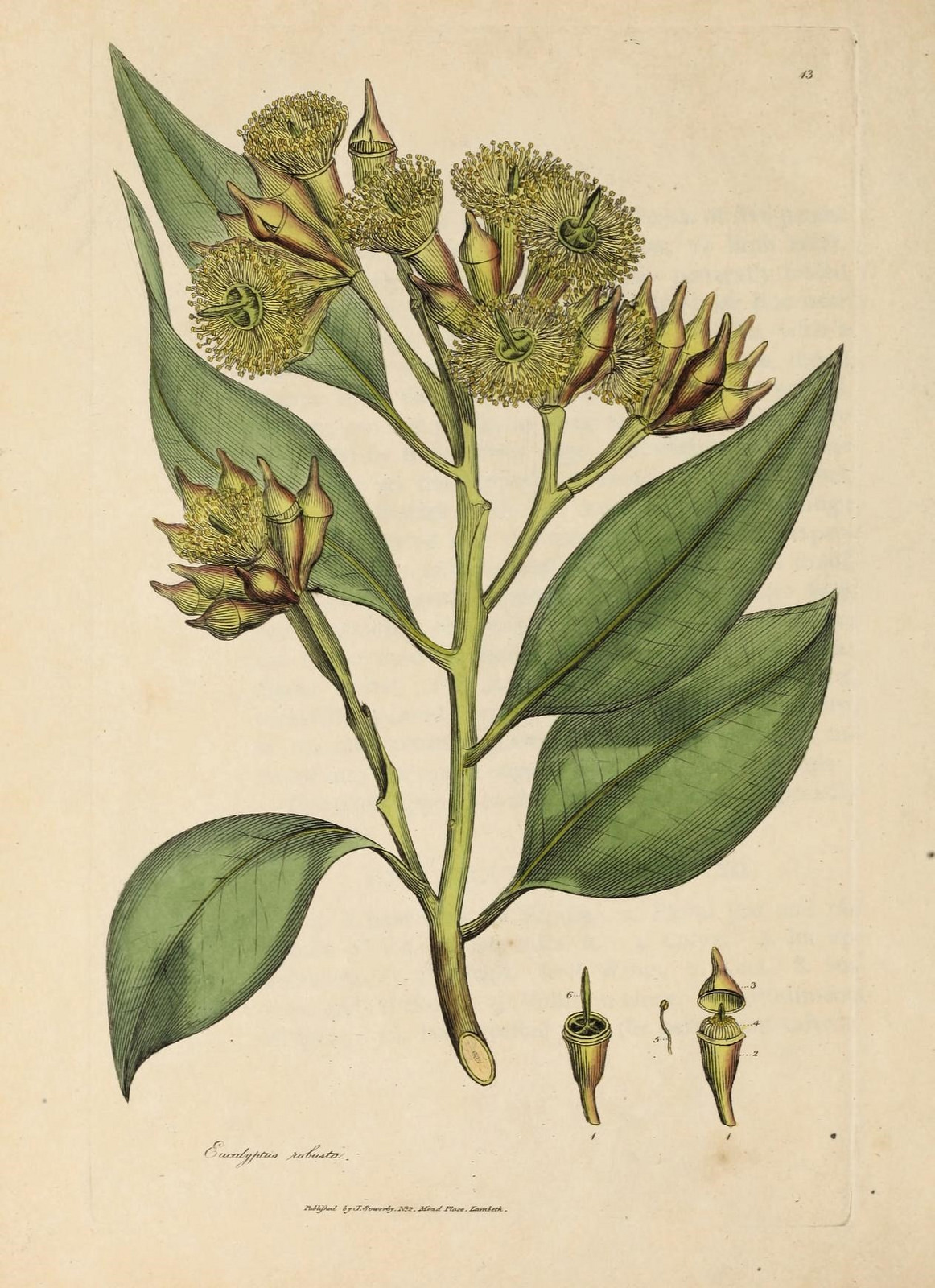 |
| Smith, James Edward. A Specimen of the Botany of New Holland. 1793-95. Engraving by James Sowerby. Digitized by Harvard University Botany Libraries. http://s.si.edu/2xJdwAB. |
Issued in four parts between 1793-1795, A Specimen of the Botany of New Holland was initially published as part of Zoology and Botany of New Holland. Following the production of the first two botany parts, Zoology and Botany was split into two separate publications. James Edward Smith (1759-1828), a prominent botanist and co-founder of the Linnean Society of London (The Linnean Society of London 2017), wrote the plant descriptions for the botany parts while James Sowerby, a prolific natural historian, artist and engraver who produced thousands of illustrations over his career, prepared the engravings. Sowerby also engraved the plates for the aforementioned zoology volume, which was authored by George Shaw.
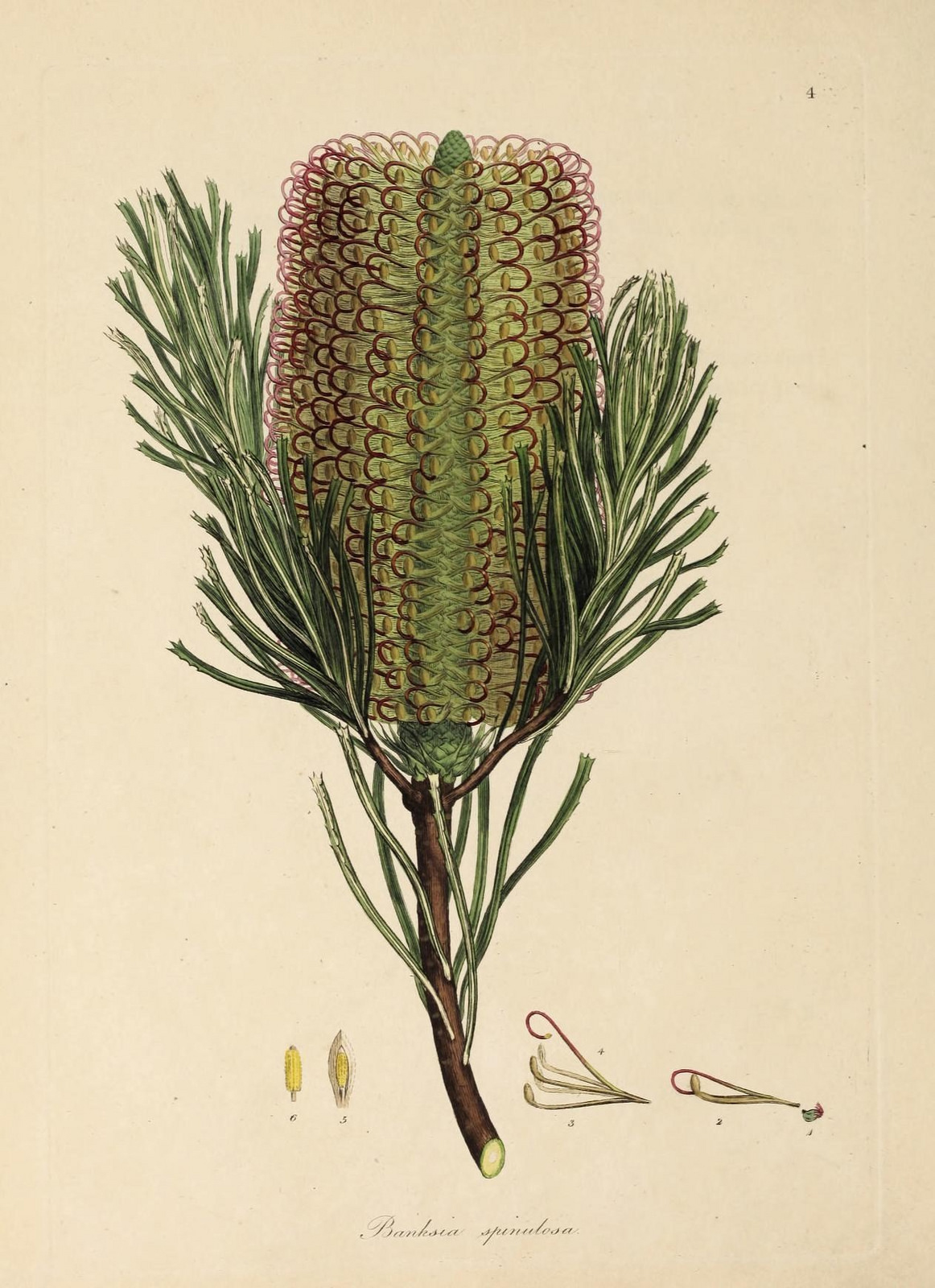 |
| Smith, James Edward. A Specimen of the Botany of New Holland. 1793-95. Engraving by James Sowerby. Digitized by Harvard University Botany Libraries. http://s.si.edu/2fpDRti. |
Sowerby prepared the sixteen engravings in A Specimen of the Botany of New Holland based on plant specimens and drawings that Thomas Wilson had received from John White. Several of these drawings were the work of Thomas Watling, a professional artist convicted of forgery. Transported to the penal colony in Australia in 1792, Watling worked under John White to paint the continent’s natural history. He is the only known convict artist whose work was used as the basis for a botanical scientific publication (Hewson 1999, 36-37).
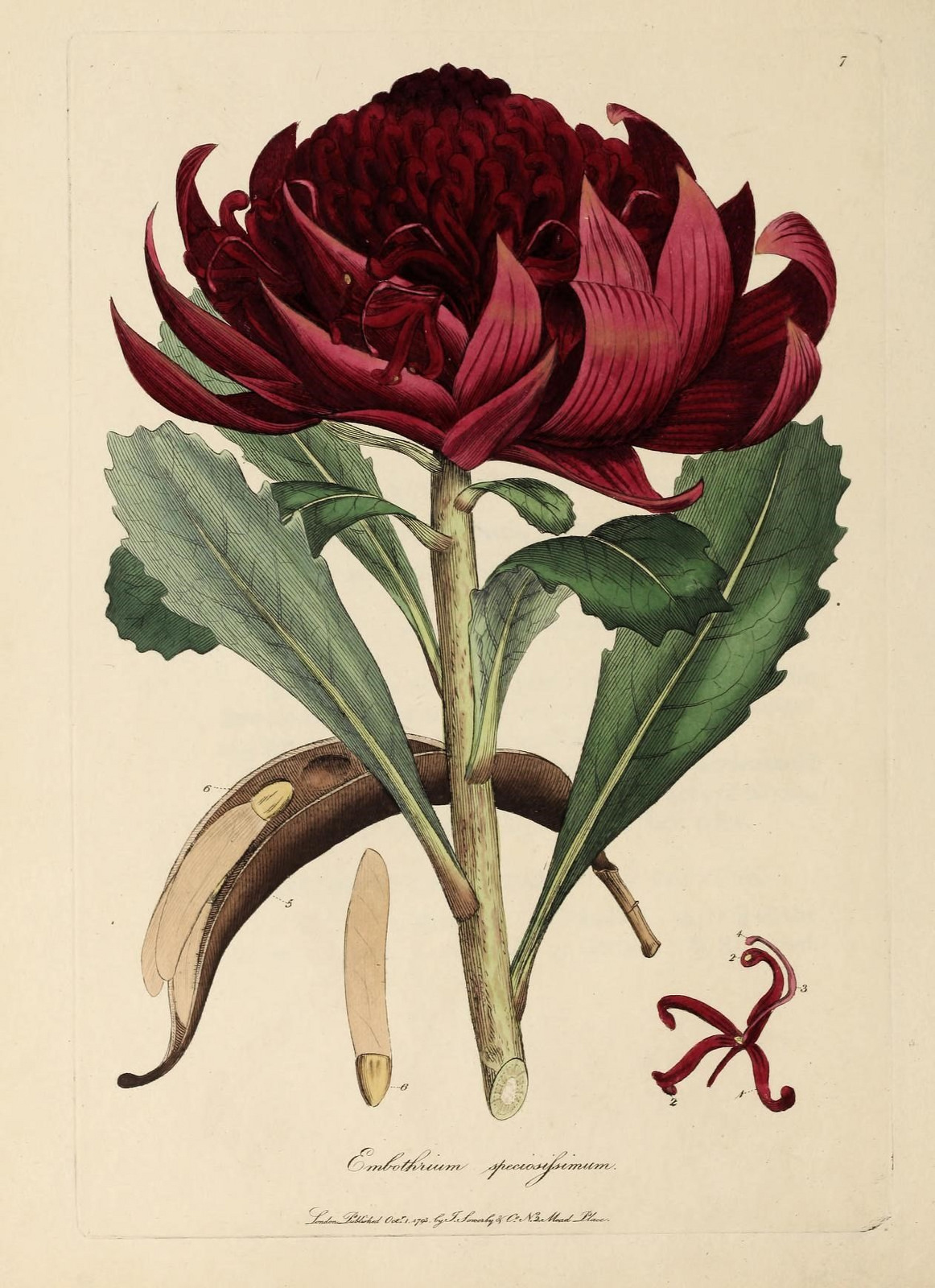 |
| Smith, James Edward. A Specimen of the Botany of New Holland. 1793-95. Engraving by James Sowerby. Digitized by Harvard University Botany Libraries. http://s.si.edu/2wj30wm. |
A Specimen of the Botany of New Holland has been digitized in BHL by Harvard University Botany Libraries.
The illustrations from the work have also been uploaded to BHL’s Flickr. This not only allows for easy exploration of this important botanical art, but the images have also been taxon tagged with the scientific name of the species depicted, making it easy to identify the plant illustrated in each image. Explore the tags section of each image in Flickr to see the scientific names.
We encourage volunteers to help taxon tag BHL images in Flickr as part of our citizen science program. Learn more about how you can get involved.
A Specimen of the Botany of New Holland introduced many Europeans to Australian flora. The illustrations were an especially important contribution to the scientific record of Australian plants. Sowerby’s work is a broader reflection of the importance of scientific illustration, which has been used for centuries to aid in the accurate identification of species and has supported the progression of the biological sciences at large. These illustrations were propagated through the publication of natural history books, allowing wider access to knowledge about biodiversity across the globe.
References
- Hewson, Helen. 1999. Australia: 300 Years of Botanical Illustration. Suffolk: CSIRO.
- The Linnean Society of London. 2017. “Biography of Sir James Edward Smith.” Library & Collections of JE Smith. Accessed on June 1, 2017. https://www.linnean.org/library-and-archives/library-collections-of-j-e-smith/biography.



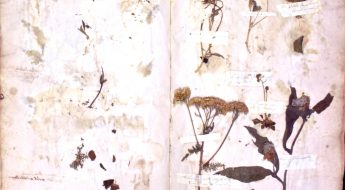

Leave a Comment